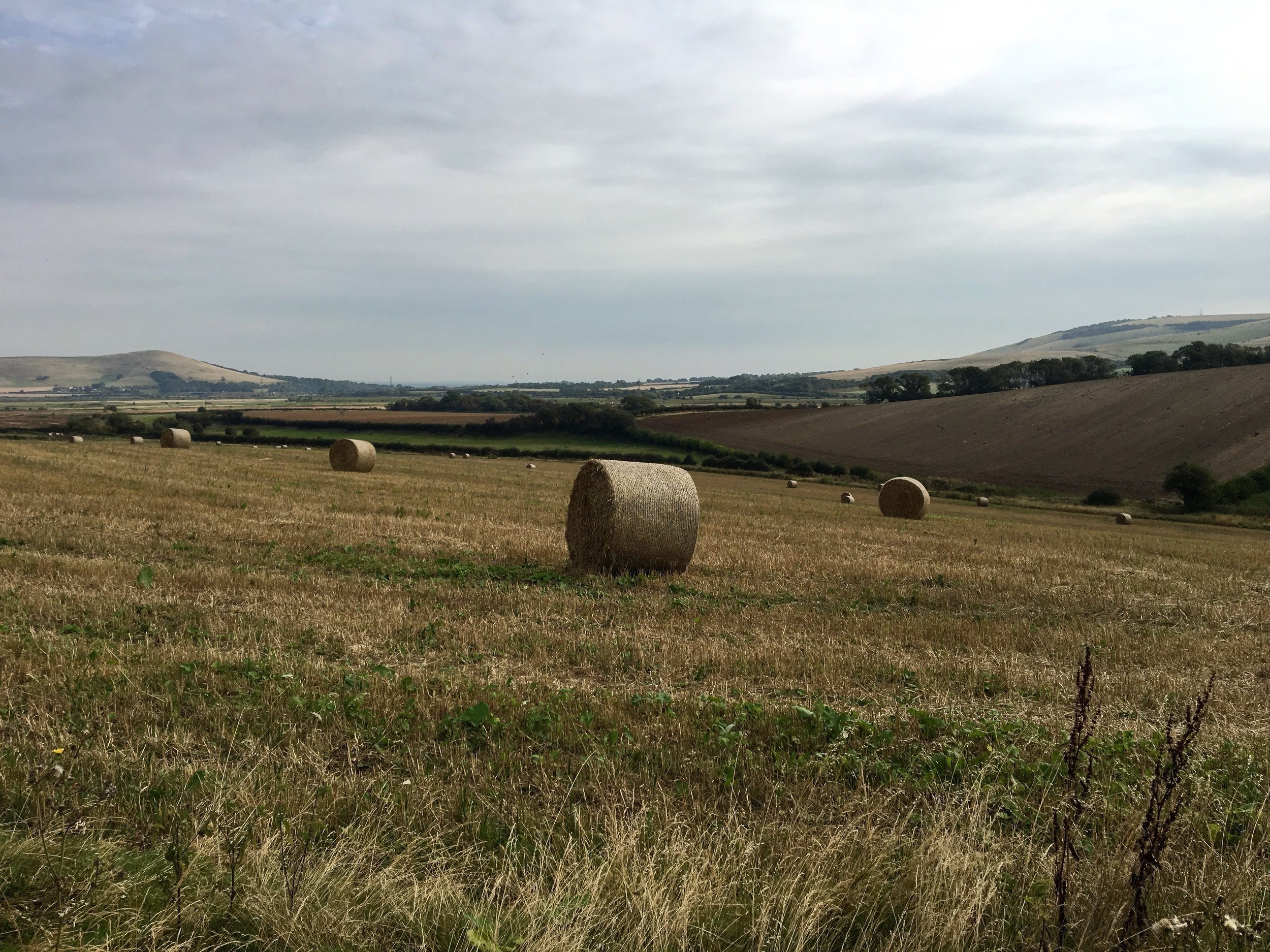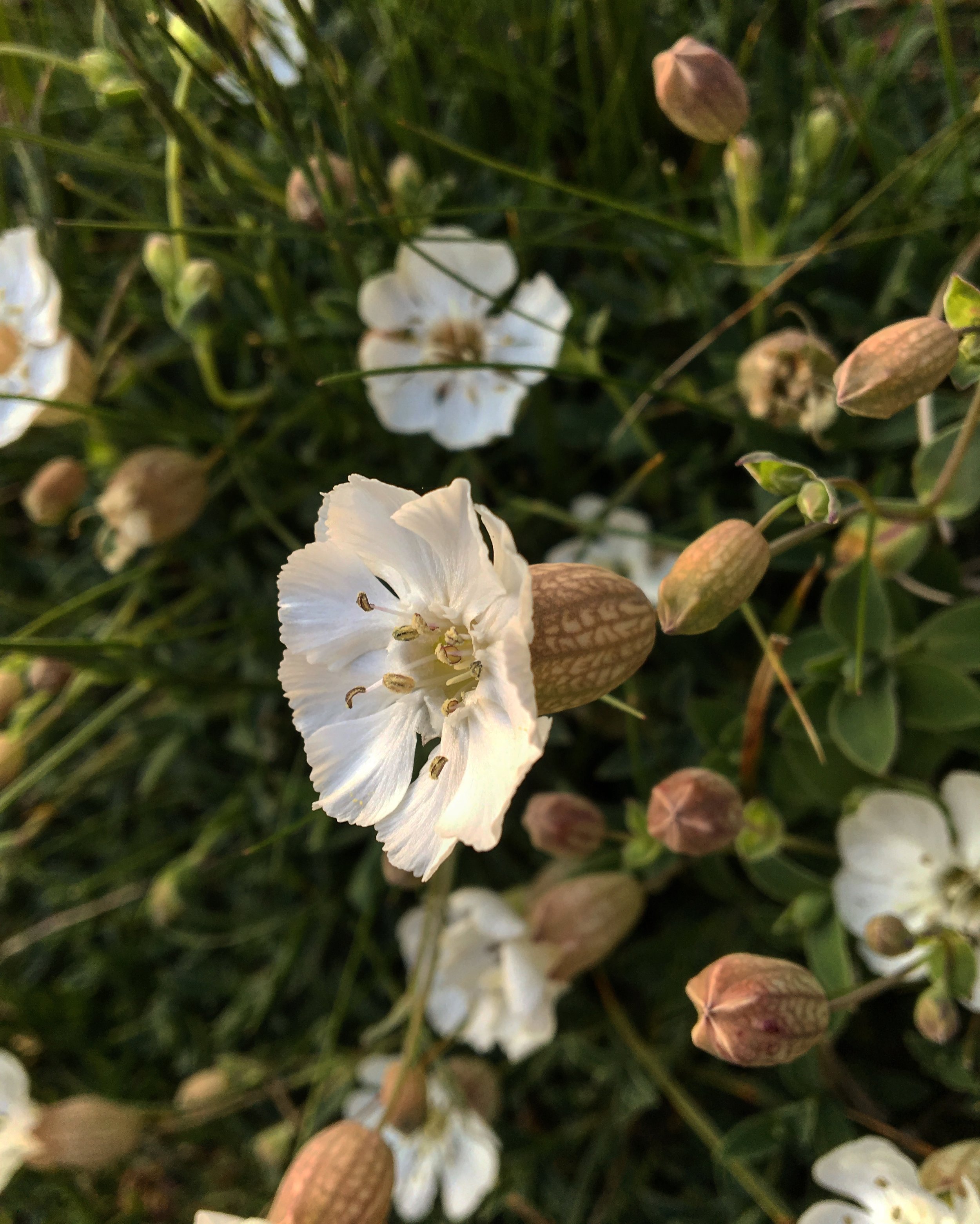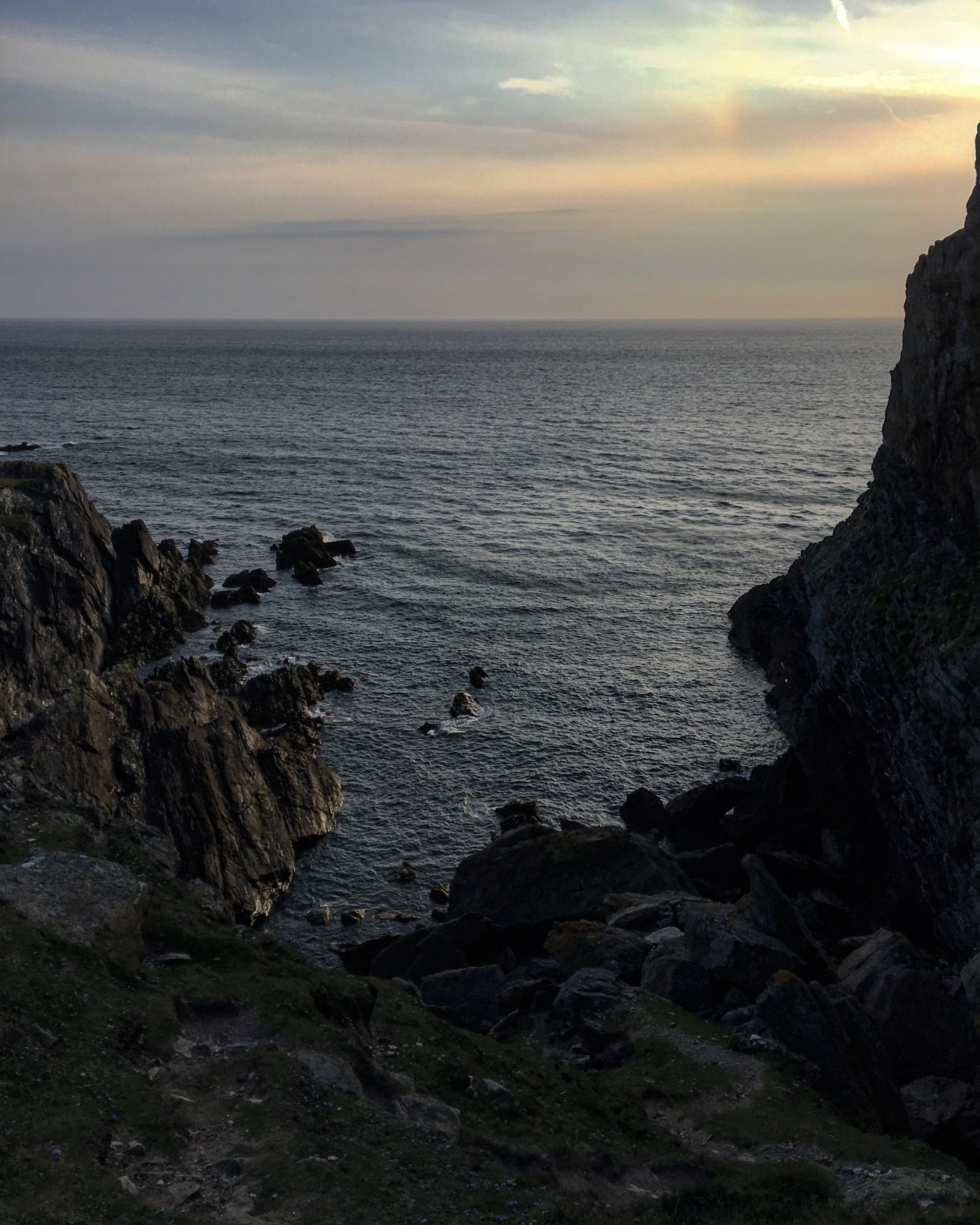Today Jessica Townsend tells us a little about ‘her’ countryside.
Callum: Where in the world is ‘your’ countryside?
Jessica: The heart of the Lincolnshire Wolds, a small village surrounded by fields and sky. It’s where I grew up and I was instantly drawn back here when I left the big city life for a slower pace. This landscape is home - from the muddy paths leading to my front door, to the bird who every day calls me to the second tree on the left in Farmer Terry’s field – I know it all so well.
Callum: Earliest countryside memory?
Jessica: The land where our house now sits was once part of the fields that surround it. I remember when my parents first bought the land, seeing nothing but long grasses and running through them getting stung by nettles. When I do the same now it always brings me back to that moment, when we first came to this place and called it home.
Callum: Why do you love the countryside?
Jessica: I love the quiet and the noises that disturb it - the chatter of birds, the rustling leaves, the whispers of the wind. I love the absolute solitude that can be found just moments from my door, and the inspiration that can be found in it. But most of all I love the amount of sky. The Lincolnshire Wolds are relatively flat and at times it can feel like the whole world is nothing but wide, open skies. It makes me feel free.
Callum: You have 24 hours, anywhere: describe your ideal day in the countryside.
Jessica: I would start the day with crisp, autumn sunshine overhead and a steaming coffee outdoors, followed by a walk with the dog through paths of red and gold. Rosy cheeks are a must, and a stroll through the woods wouldn’t go amiss. The day would end with a lakeside pub and a warming cider as we wait for the stars to appear.
Callum: Favourite season and why?
Jessica: Spring first comes to mind, as I love the sense of new beginnings and nature coming to life. However, after becoming part of the Creative Countryside Community I’ve been shown such beauty in the autumn months that I may be a convert, especially after the never-ending summer we just had. Autumn is also a time I can wear socks, boots and jumpers everyday and that definitely has my vote!





































